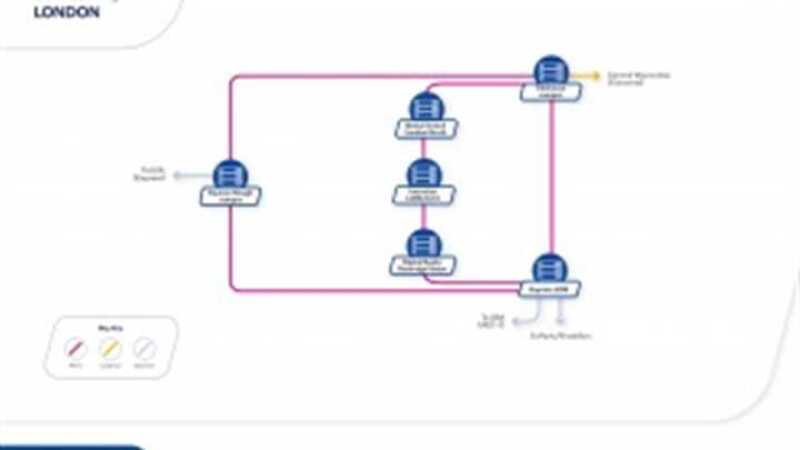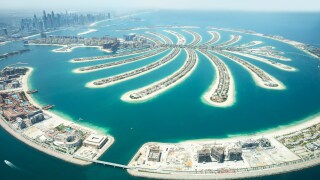The deployment will support the incremental traffic growth witnessed to key data centres on RETN’s metro area network. Further it will facilitate migration to 100G technologies, meaning RETN customers will broadly benefit from the new ring-based architecture ensuring a greater resilience and availability of high-capacity IP-transit service delivered in shorter timeframes.
“The recent development of our metro network in London allows us to more evenly distribute traffic between the nodes, vastly increasing the performance at each site, and thus combat technical limitations to facilitate up to 19 Tbps of 100G capacity on our metro network,” said Andrey Gazizov, CTO and MD of RETN in London.
“Using the latest technology, we are providing our customers with the most resilient and cost-effective solution, so that they can get the best of the connectivity from Europe and locally even with the highest loads and increasing traffic demands,” Gazizov added.
The network (see diagram) has developed significantly in recent years.
From a single ring linking Equinix LD8 to Telehouse East, Global Switch, Interxion/Digital Realty, Equinix LD4/5/6/7 and back again, it now features a dual ring architecture: Equinix LD8-Telehouse North 2-Equinix LD7 to bridge the main carrier hotels with a contiguous Infinera FlexILS platform connecting into mainland Europe, and Equinix LD8-DRT Docklands Campus-Interxion-Global Switch-Telehouse East to provide local access to major data centres across London.

The upgraded network is deployed using the Infinera FlexILS equipment and Juniper’s routers MX10003, MX204 and QFX switches on top.





